'Let It Be' director says lost Beatles documentary became 'collateral damage' during band's breakup
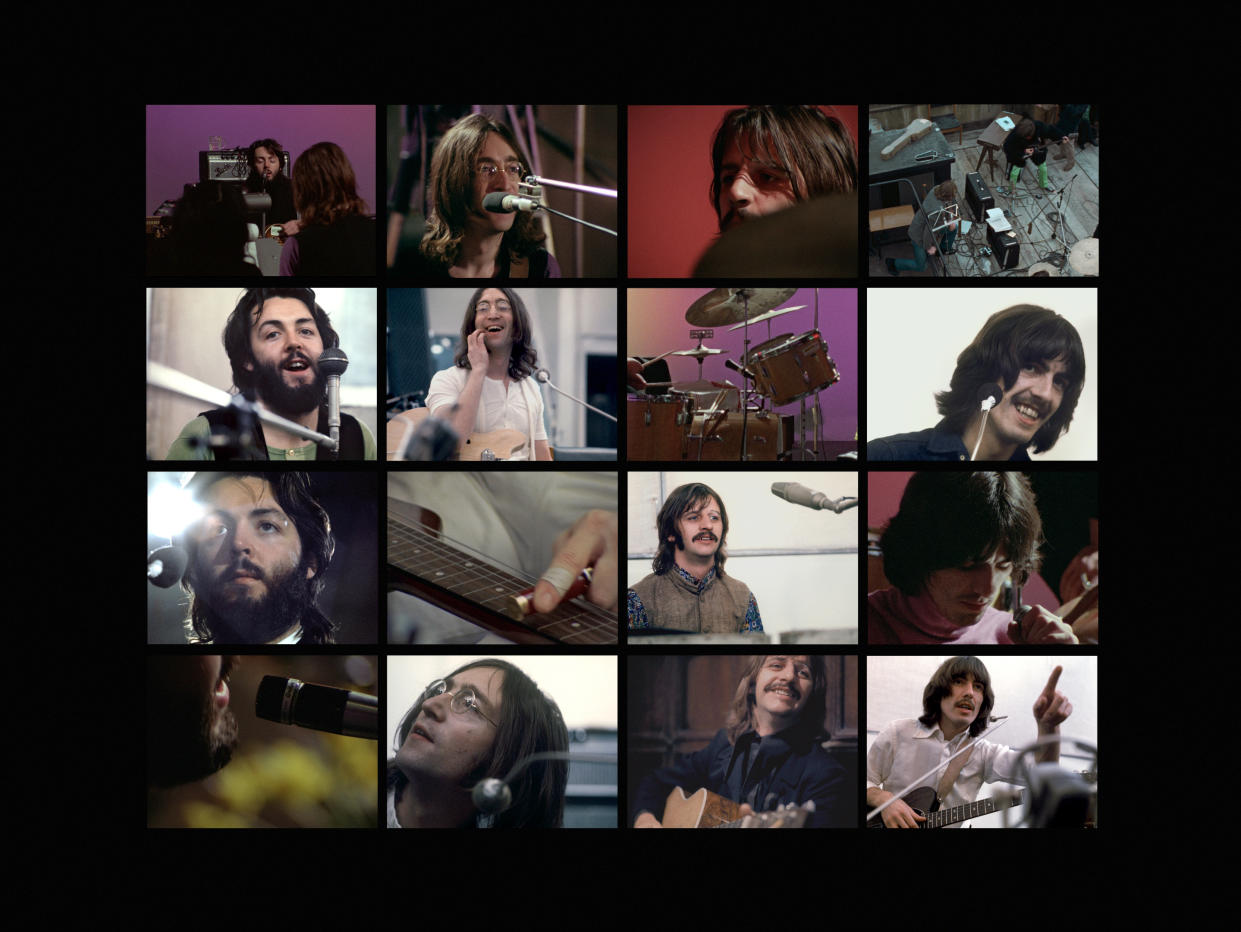
The Beatles’s final feature film, Let It Be, is fully restored and available for the first time in over 50 years. For director Michael Lindsay-Hogg, getting here has been a long and winding road.
“Finally,” Lindsay-Hogg says to Yahoo Entertainment of the doc he helmed at age 28 premiering on Disney+ on May 8. “For a long time, I didn't think there was going to be a finally.”
Having it out of circulation and perceived negatively amid the band’s breakup, he says “was kind of like being in jail. You think: ‘Will I ever see the light again?’ I don't mean to minimize what people who really are in jail go through, but I felt the movie was important. I felt it was good. I felt it was unfairly perceived for a variety of reasons. So I'm very happy it's come out again. And I'm really happy it looks and sounds the way it does.”
The Let It Be journey
Lindsay-Hogg, who previously shot the Beatles’s videos for “Hey Jude” and “Paperback Writer,” was hired to make a promotional film of the band recording what would become the album Let It Be. Production took place over 21 days in January 1969, with 60 hours of footage of John Lennon, Paul McCartney, George Harrison and Ringo Starr crafting their hits and prepping for a live performance, which they ended up doing on the Apple Corps rooftop. It would be their last.
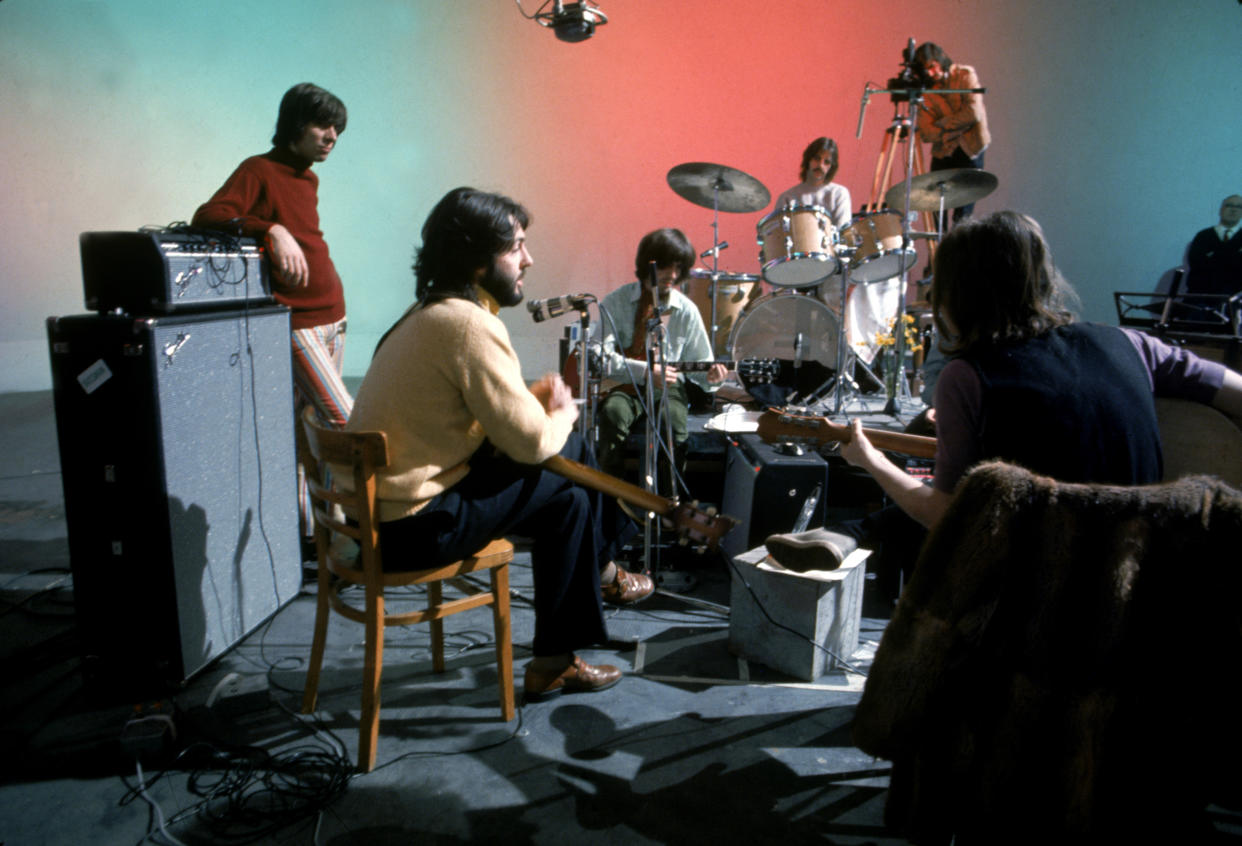
By the time the 80-minute film came out in 1970, the group had split and McCartney was suing his bandmates. As fans mourned Beatlemania’s end, the film was cast as a depressing “breakup” movie. Then, over 100 hours of audio from the shoot ended up being stolen and weren’t recovered until a 2003 Interpol sting.
Director Peter Jackson eventually was given the tapes (minus 40 hours, which remain missing), and restored the sound and picture with modern technology, resulting in his 2021’s Get Back docuseries about the 1970 doc. Jackson’s well-received Apple TV+ series, showing the broader picture of that era with never-before-heard conversations, opened the door for Let It Be’s rerelease.
Lindsay-Hogg credits the “brilliant” Jackson, a “friend and advocate,” for helping pave the way amid a decades-long “resistance” to resurrecting Let It Be.
“The mood changed when Peter came on to do Get Back,” he says. However, even amid its success “there was not total agreement at Apple [Corps] to do the rerelease,” referring to the business owned by McCartney, Starr and widows Yoko Ono and Olivia Harrison. “Even six months ago, I wasn’t sure, but then it all happened.”
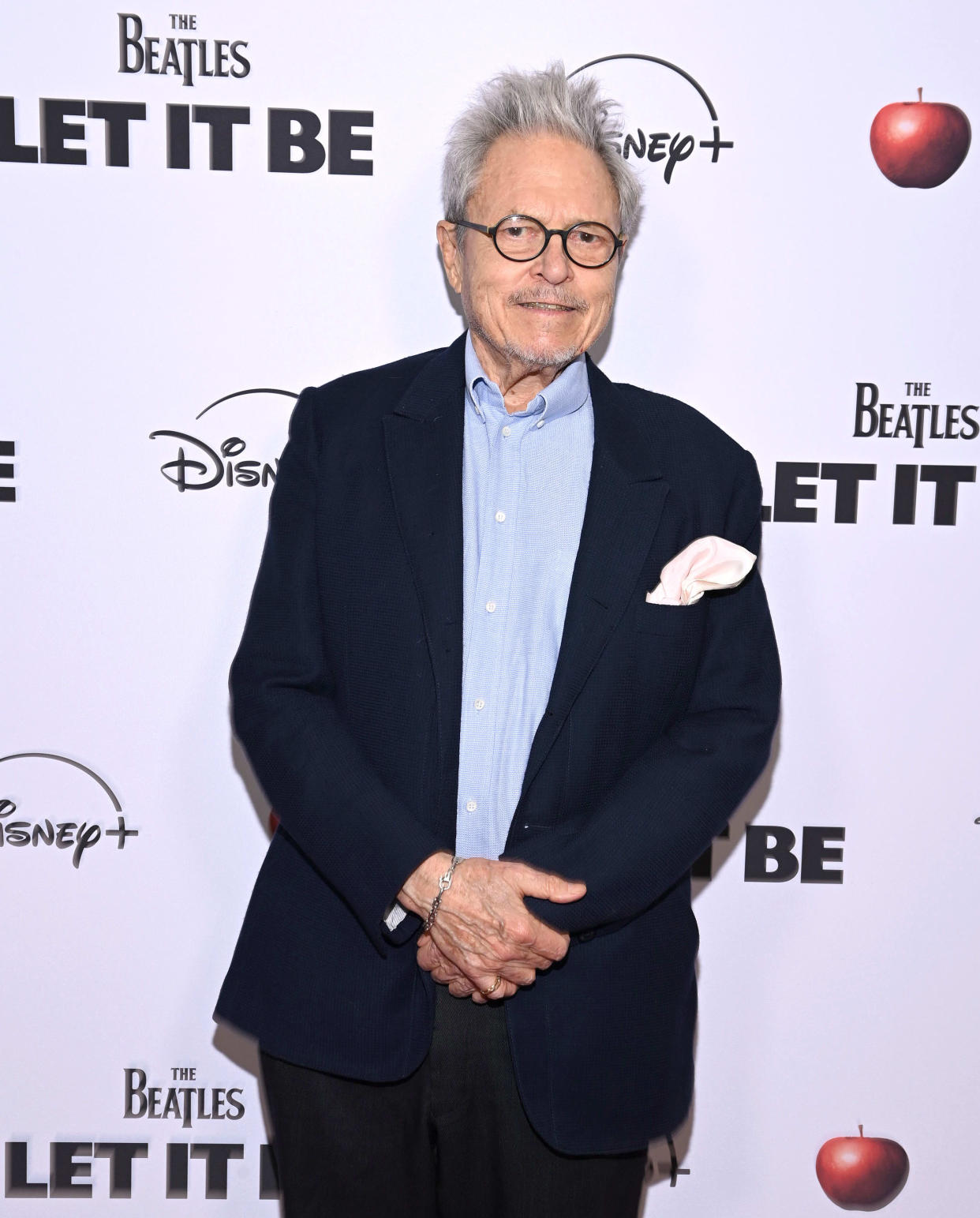
Directing the Beatles
The New York-born director, who worked with the Who and the Rolling Stones before taking on Let It Be, felt “glad they asked me,” calling it a vote of confidence, but also a job.
“My job was not to do what the Beatles wanted nor was it to do what the Beatles didn't want,” he says. “My job was to offer them ideas … It was a dialogue between us.”
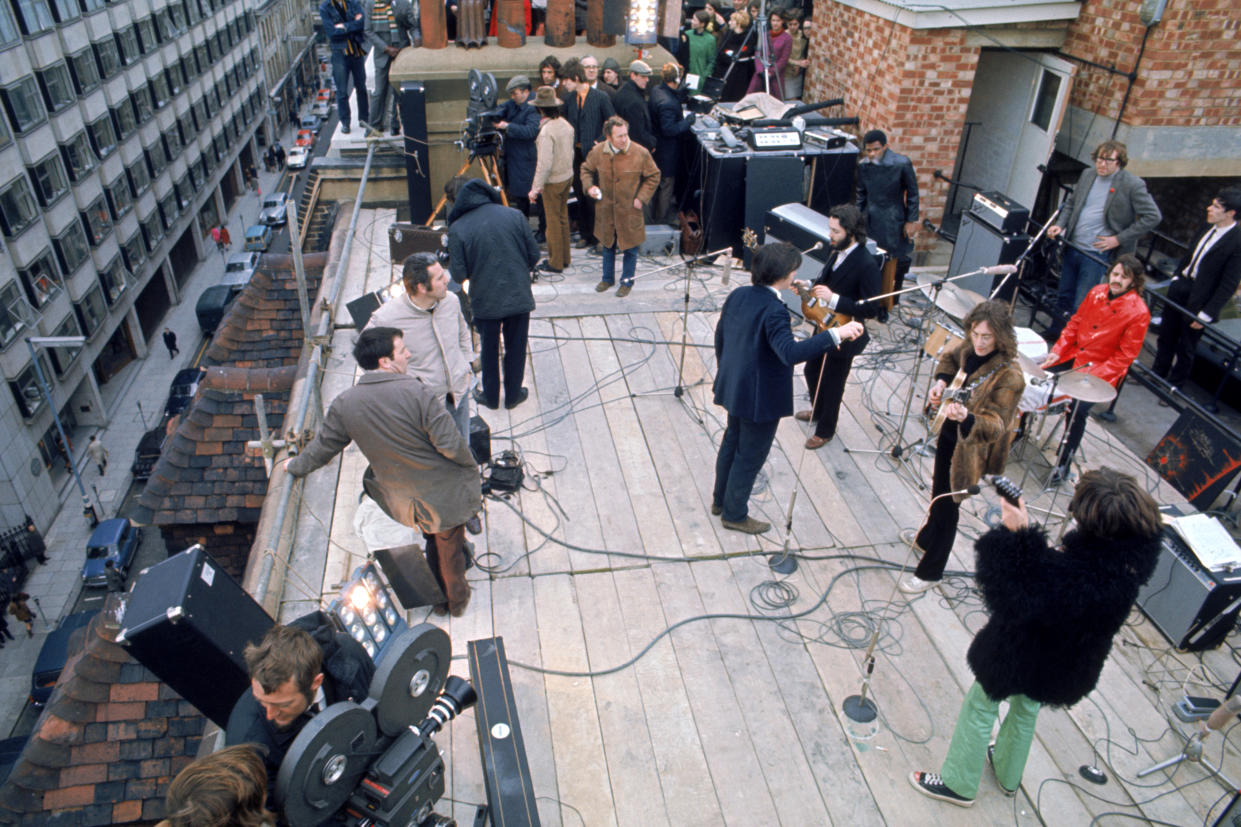
It helped that “I wasn't frightened of them,” he says. “You had to have a certain amount of confidence, because they had a lot of confidence.”
Lindsay-Hogg saw a shift in the way the group operated from when he started working with them, around 1966, when they were very “insular,” all signing off on every idea, to three years later when “they were changing” and had their own visions. At the start of the doc, he noticed “there was tension building — and the tension had to do with George. He knew he was a good songwriter … but he wasn't getting the attention he felt he should for his songs from his teenage friends, John and Paul. Of course he felt shy also, because they're Lennon-McCartney, but they were his friends.”
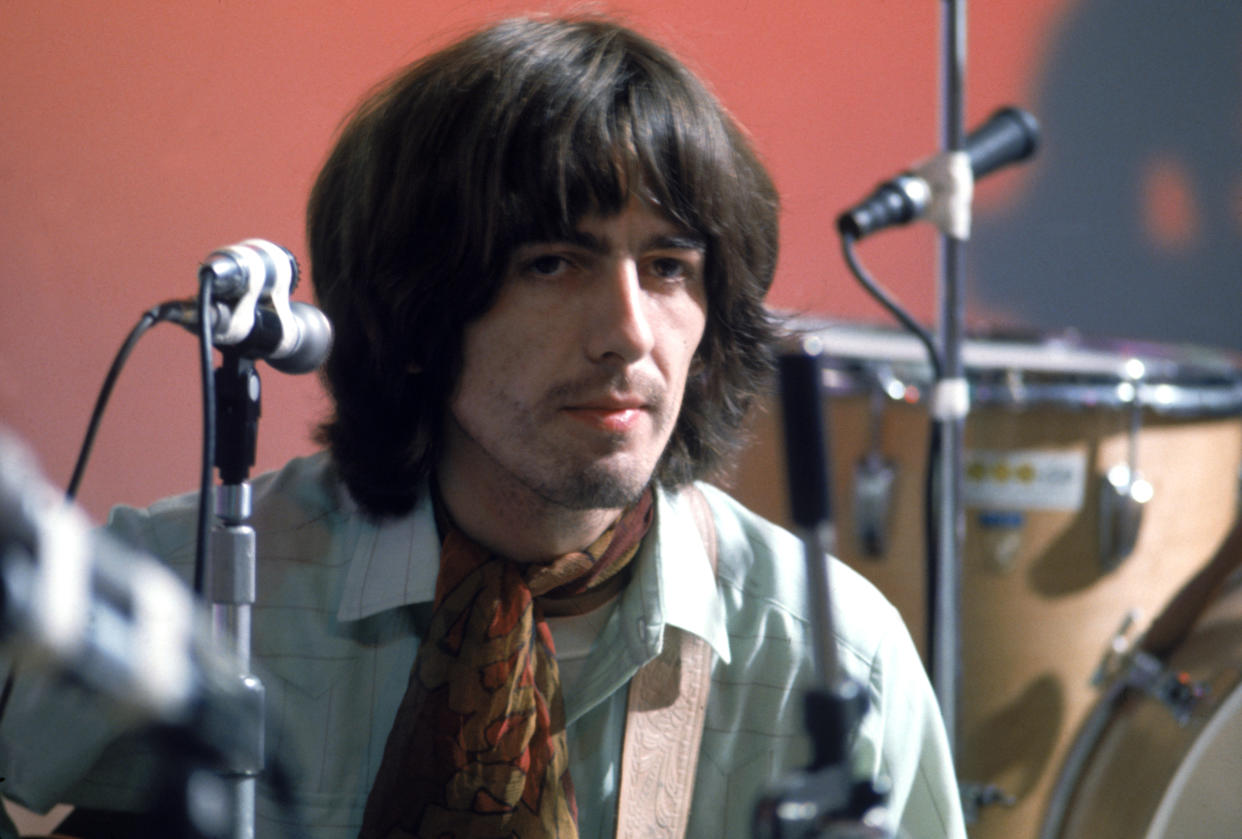
Sensing “something might happen,” Lindsay-Hogg had a sound tech empty the water from a flower vase at the commissary lunch table where the band dined and put a mic inside. The audio captured Harrison quitting the band amid a fight with McCartney, as well as Lennon and McCartney discussing their treatment of Harrison. Nobody heard the pivotal conversations until Jackson retooled the muffled audio and put it in Get Back.
“I knew it was an important conversation, but when I played the sound back a couple hours later, to my great frustration, all I heard were sounds of cutlery on plates and people laughing at another table — none of the real dialogue,” Lindsay-Hogg says. “That goes to Peter again that he was able to strip the dialogue back. So that's what I hoped would have been in Let It Be and then I could have taken it another way — because we don't go into George leaving.”
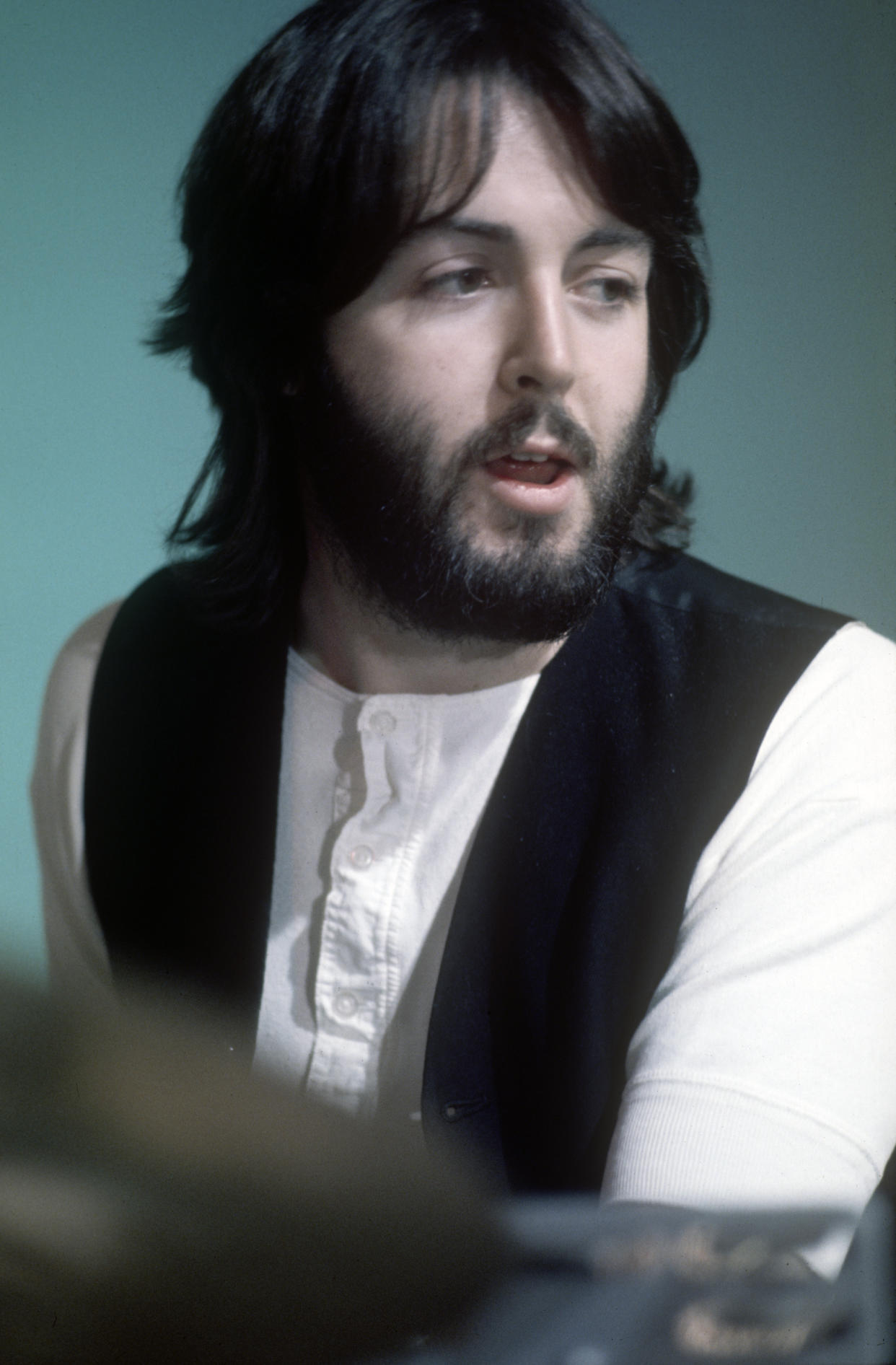
Amid the band drama, Lindsay-Hogg also faced pressure from Apple to keep the project “pro-Beatle.”
“There was a feeling that if anything happened … that it should basically be pro-Beatle,” Lindsay-Hogg says. “Neil Aspinall, the producer who was a close friend of the band, said, ‘Look, there are four Beatles at the beginning of the movie. There are four Beatles at the end of the movie,'” as Harrison returned after quitting. “There are four Beatles when you edit the movie. So you have four Beatles all the time.
“I thought: OK,” he continues. "I understood the agenda. They were the Beatles and they were going to remain the Beatles. Also, I didn’t have the proof, like a detective, because I didn't have George saying, ‘I'm leaving.’ I didn't have them talking about it because the bug was not sophisticated enough to give me the information, which Peter was able to solve.”
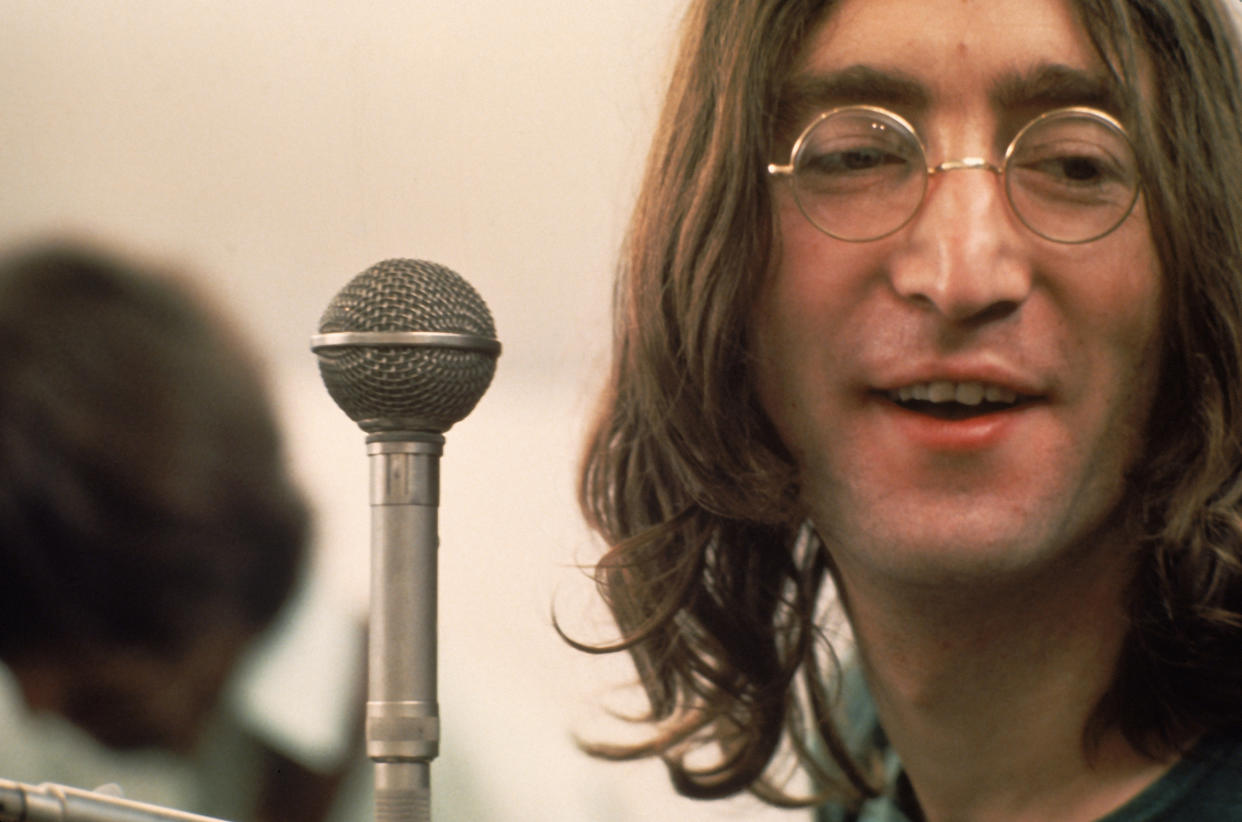
‘The movie became collateral damage’
Lindsay-Hogg was “happy” with the film when he first cut it. In fact, after screening the rough cut for all four Beatles, they had a fun night out.
“When we were done, Paul said, ‘What are you doing for dinner?'” recalls Lindsay-Hogg, who, along with his girlfriend at the time, went out with Paul and Linda McCartney and John and Yoko. “We didn't particularly talk about the movie, we assumed it was a promising project in the works. We had a couple bottles of wine. We talked about childhood. Everything was OK. And everything was OK even when I showed them the final cut at the end of November [1969]. We went out for a meal again and to a discothèque underneath the restaurant to dance. The mood was very good. And, insofar as I could tell, they were happy with it.
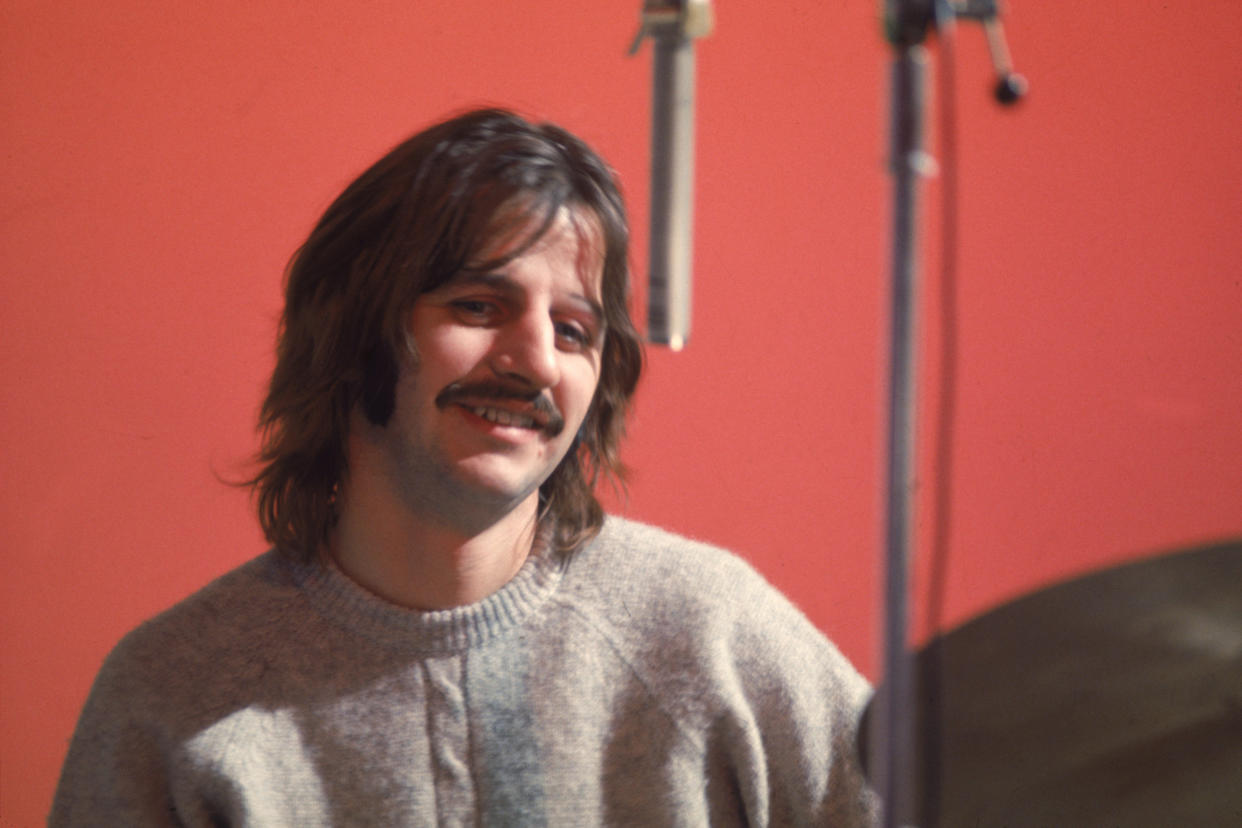
“But then their life took over and then the movie became collateral damage to their breakup, which of course, was a world event,” he continues. “The breakup of the Beatles had to do with not only music, but also changes in society, changes in the world, changes in attitude.”
‘Get Back’ pulled Lindsay-Hogg into the narrative
When Jackson released his 8-hour long Get Back doc in November 2021, Lindsay-Hogg went from being behind the scenes to being pulled into the narrative. Social media was ripe with opinions; the endless finger-pointing as to who broke up the Beatles waved his way.
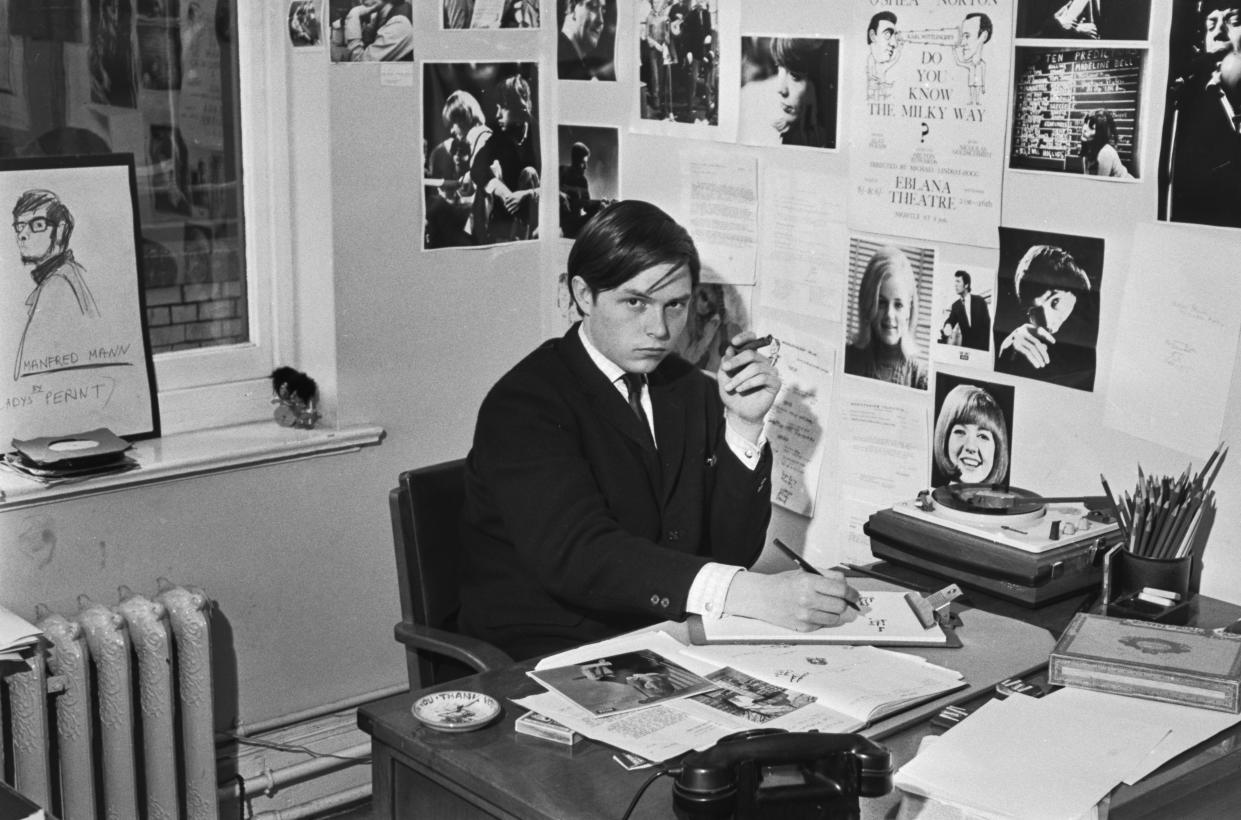
“I was surprised when some friends of mine said, ‘Whoa, what people are saying about you,’” he explained. “Of course, if they say that, you go, 'Oh, what is it?’ Then I thought: Here it comes again. It's like Let It Be. Sadly, I'm involved in people not knowing what they're talking about. But basically, they can go screw themselves is my feeling.”
Starr has been famously critical of the film through the years — saying fans didn’t need to see Harrison and McCartney’s spat — which Lindsay-Hogg previously said didn’t bother him.
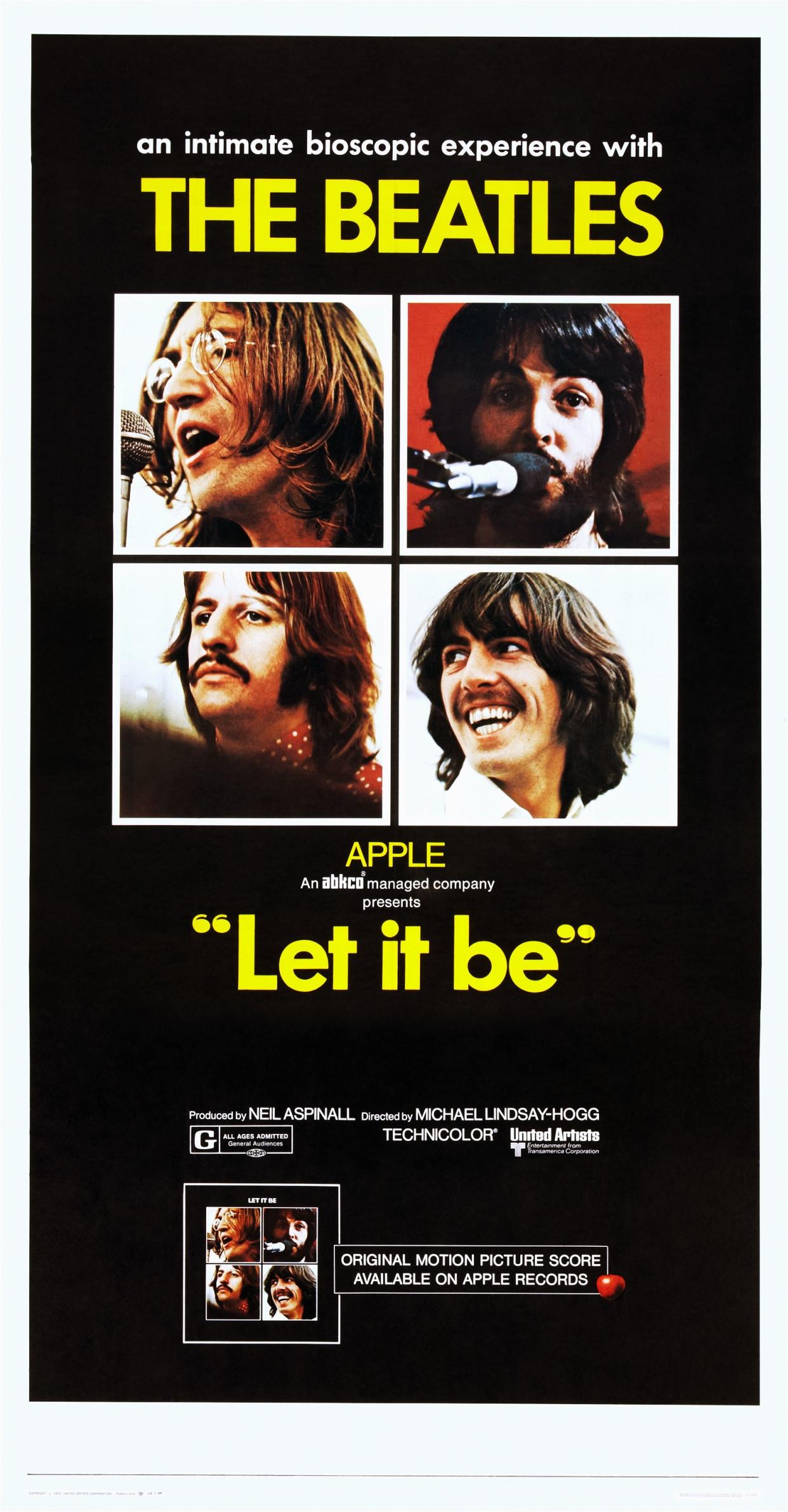
Asked if he’s heard from Starr about the rerelease, he says with a wink, “‘No. I've been living in my ivory tower in [upstate New York]. I'm very fond of Ringo. He's extremely resilient,” dealing with illness when he was young, and a “great rock 'n' roll drummer. With respect, I don't think he's seen the movie for 50 years, so he might have an old opinion and I look forward to hearing from him if and when he sees it again.”
Lindsay-Hogg says he feels “lucky being there at that time in English musical history” and being able to helm Let It Be. Now he’s just happy to see his “child come back into the world again.”
Let It Be is now streaming on Disney+.


